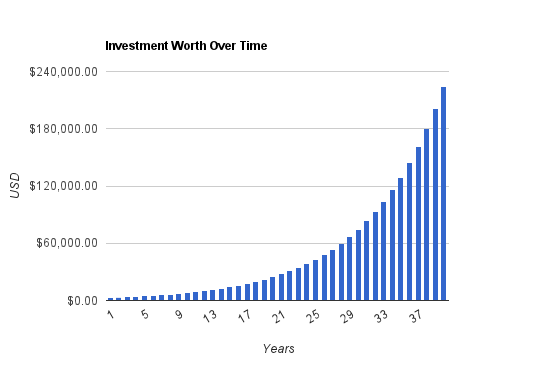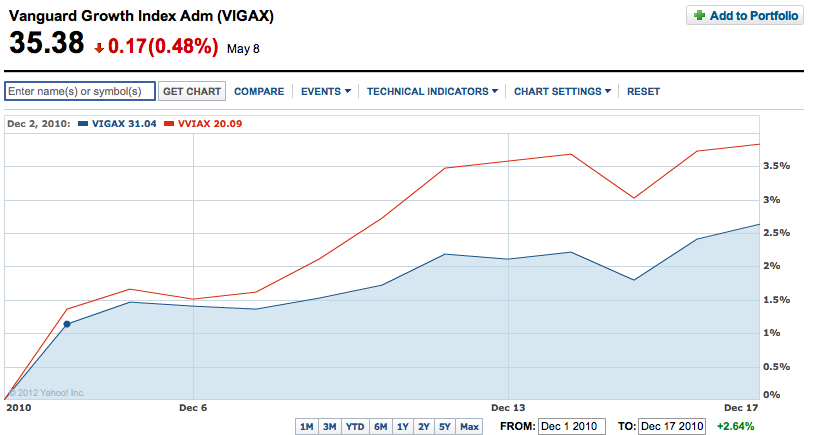How To Calculate Dividends (Math)
Post on: 16 Март, 2015 No Comment

Ratio Math Lesson
How To Calculate Dividends
This video shows you how we calculate the dividends, explaining that dividends are the amount that is given to the shareholders from the total profit after the tax payment.
Hi, my name is Grant Hobson, I work as a finance analyst. Today, I’m going to tell you some business calculations and ratios. I would calculate dividends.
Dividends are the payments that are given to the stock holders from the profits after tax. Different companies will assure different side dividends, no special dividends, use to monitor investment in the company, and large well-established companies use consistent dividends to reward shareholders on a consistent basis. I will go for some calculations today to demonstrate how we give the dividends in our companies and calculate what you’re going to assure in the end.
So, one of the main concerns for the company is the amount it is going to require in the future financing needs. So these are the few decisions the company is considering when deciding the dividends. In this example, the company has got stock of 1.
5 million shares and in the previous 2 years, they were giving 20% and 22% dividends from the total profits. So here, the company have decided to issue 25% dividends. So we need to do is calculate the after tax profits from the profit and loss, so in this example, we are going to say that the after tax profit is one million pounds, so the company wants to assure 25% of this number to its shareholders.

So the total dividend would be that times by 25%.so the total dividend is 250 thousand pounds. So let’s look at the dividend per share, it is the total dividend by the total common stock.
So it is .17 dividend per share. The other shareholders want to calculate what I can expect from the company based on the dividends.
So in this example, there is person A and person B who have a different number of shares. So the person A is just a small shareholder and has just 500 shares, so would expect a total dividend of 83.3 in the air which is simply as 500 multiplied by dividend.
So the person B is a more significant shareholder of the company and has 125 thousand shares, so the dividend received by this person is 20,833.33. So that’s the example of how you calculate the dividend from the company’s perspective, what we’re going to receive, and on my personal perspective, depends on the amount of share we own.














